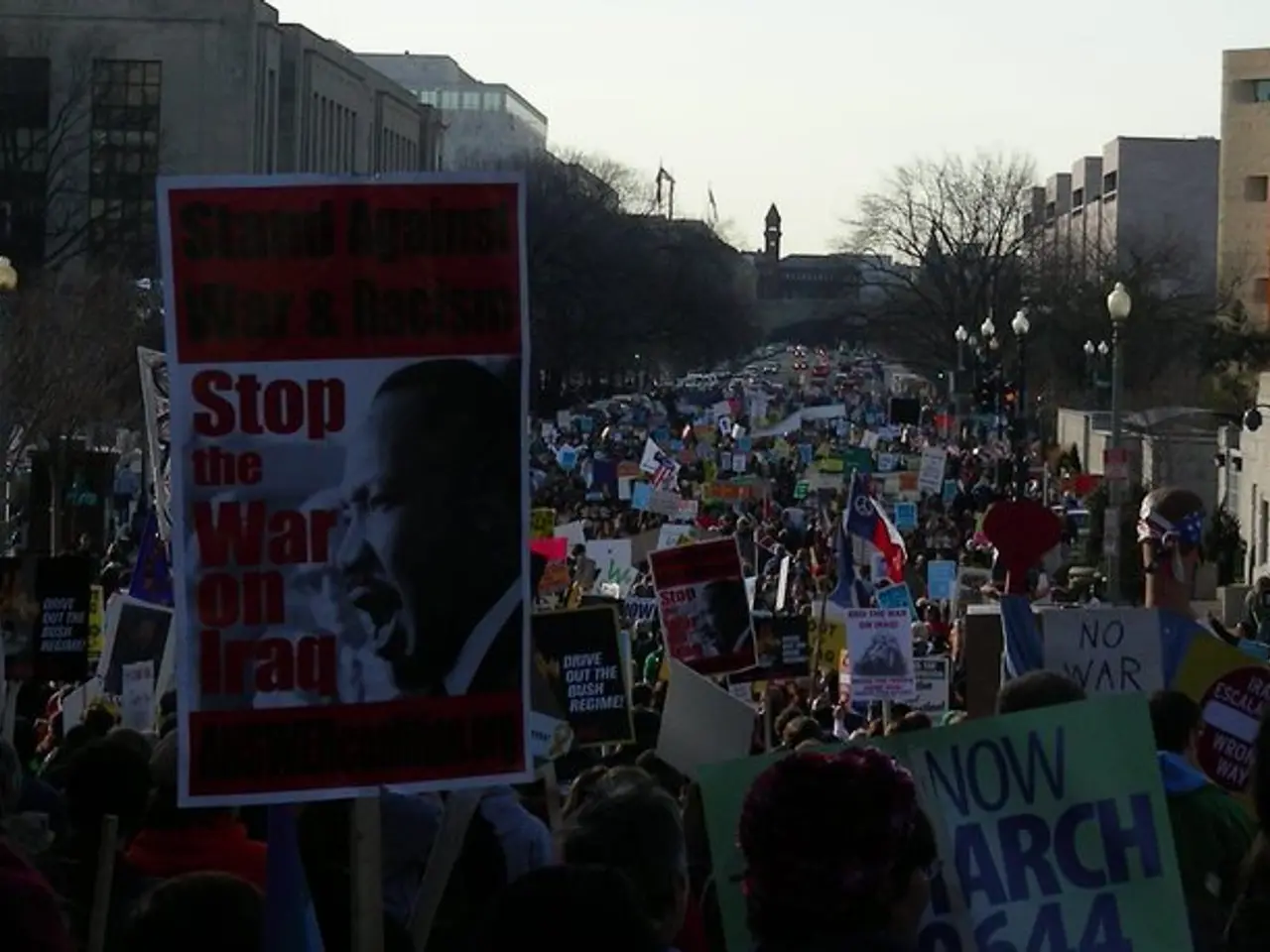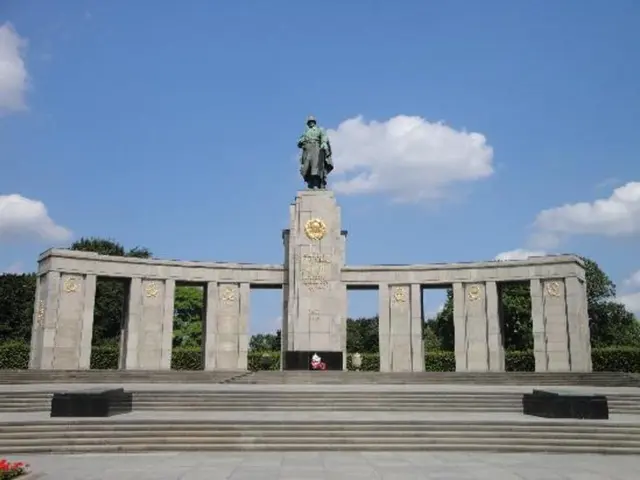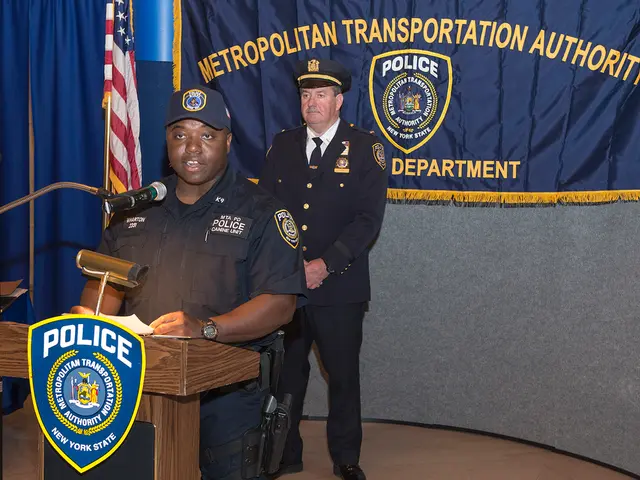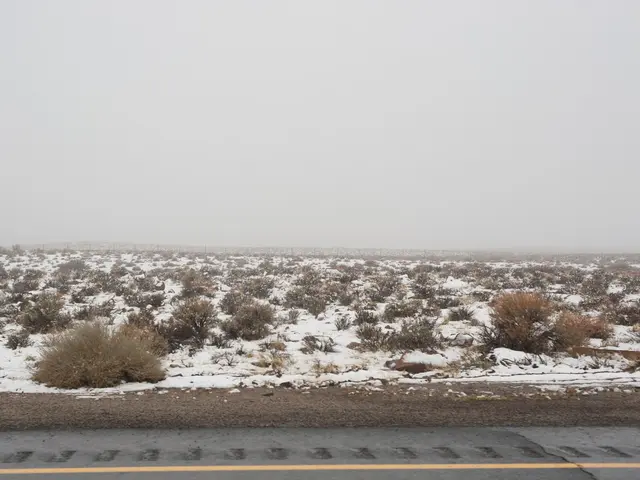Image Speaks Volumes
============================================================
In an article published by the Chicago Tribune on March 12, 2016, author Matthew A. McIntosh draws parallels between the emergence of Donald Trump as the GOP frontrunner and the rise of Adolf Hitler in the 1930s.
The comparison is significant, as both political figures have employed authoritarian tendencies, propaganda use, demonization of opponents, and nationalist rhetoric. Critics argue that Trump has spread false allegations against political opponents, hinted at retribution by loyalist "patriots," and threatened punishment, tactics reminiscent of European fascists in the 1930s and authoritarian leaders like Hitler.
Trump's rhetoric and ideas have similarities to those of Hitler, including the use of propaganda and falsehoods to delegitimize opponents, nationalist and racist rhetoric reminiscent of 1930s fascism, and authoritarian governance style and monarchist symbolism. The expansion of coercive state enforcement agencies, such as ICE, to enforce harsh immigration policies has been compared methodologically to the recruitment of Nazi Einsatzgruppen, not in their atrocities but in the targeted scaling and militarized logic of enforcement agencies.
Prominent critics, including Robert F. Kennedy Jr. and others, have explicitly compared Trump to Hitler and Mussolini, describing his movement as infused with fascism and white supremacist elements. These comparisons also point to Trump’s racist rhetoric, anti-immigration policies, and apparent encouragement of violence by his supporters.
If Trump wins the presidency again, concerns include the further erosion of democratic norms, amplification of authoritarian rule, increased social polarization, threats to minority groups, and potential undermining of the rule of law. The historical analogy suggests risks of democratic backsliding and a political environment where dissent is delegitimized, and "everything is permitted" in a civil conflict ethos. Trump’s threats to punish perceived opponents and promote loyalty over legal process raise alarms over democratic institutions’ stability.
However, it's important to note that the comparison between Trump and Hitler is not meant to equate the two men or their actions, but rather to draw attention to similarities in their rhetoric and tactics. The author, Matthew A. McIntosh, suggests connecting the dots between Trump's rhetoric and Hitler's to understand the similarities.
Despite the comparisons, it's worth noting that other candidates have their share of protesters, but they do not see the same clashes as at Trump's events. The rally planned by Trump on Friday night was canceled due to concerns about clashes between protesters and supporters. The violent supporters and problems at Donald Trump's events are unique compared to other candidates, Republican or Democrat.
In summary, the comparisons between Trump and Hitler are focused on the use of propaganda and falsehoods to delegitimize opponents, nationalist and racist rhetoric reminiscent of 1930s fascism, authoritarian governance style and monarchist symbolism, expansion of coercive state enforcement agencies modeled on past repressive structures, threats to democratic norms and civil liberties, with concerns about escalating political violence and societal division if Trump regains power. These similarities are cause for concern.
Read also:
- Court petitions to reverse established decision on same-sex marriage legalization
- Commemoration of 200 Days of American Resurgence Unveiled
- Minister Bärbel Bas expresses doubts about her tenure as a minister following a recent interview during the summer.
- Politicians from both Republican and Democratic parties are urging President Trump to maintain the security agreement with Australia and the United Kingdom.








